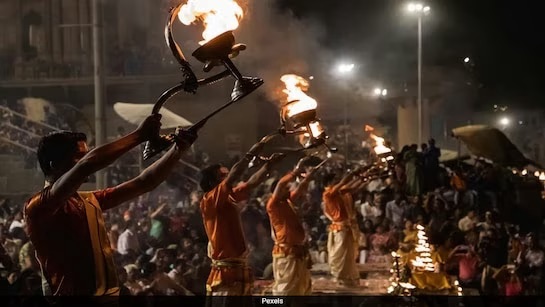The Maha Kumbh Mela, recognized as the world’s largest religious festival, has commenced in Prayagraj, India. This significant event, which began on January 13, 2025, is expected to attract over 400 million devotees over a six-week period. Participants gather at the confluence of the Ganges, Yamuna, and the mythical Saraswati rivers, a site considered sacred in Hinduism.

The festival holds profound spiritual significance, symbolizing the victory of gods over demons. Devotees believe that bathing in the holy waters during this period purifies the soul and leads to Moksha, or liberation from the cycle of rebirth. The event is marked by rituals, prayers, and processions led by holy men and ascetics, many of whom are seen smeared in ash and donning traditional attire.
To accommodate the massive influx of pilgrims, authorities have established a sprawling temporary city covering approximately 4,000 hectares. This setup includes around 150,000 tents, numerous kitchens, and sanitation facilities to ensure the well-being of attendees. Security measures are robust, with 50,000 personnel deployed, including specialized units and technological aids like drones and CCTV cameras, to manage the crowds and maintain order.
The economic impact of the Maha Kumbh Mela is substantial. The festival’s budget is estimated at approximately $800 million, with projections suggesting an economic boost ranging between $30 billion to $35 billion for the region. This influx is attributed to the vast number of visitors, including international dignitaries and tourists, contributing to local businesses and services.
The Maha Kumbh Mela is not only a testament to India’s rich cultural and religious heritage but also a demonstration of large-scale event management. The festival’s origins are rooted in Hindu mythology, with the gathering occurring every 12 years at one of four rotating sites, based on specific cosmic alignments. This year’s event in Prayagraj is particularly significant, marking the first Maha Kumbh Mela in 144 years at this location.